Tom's Guide Verdict
The Legend of Zelda: Skyward Sword HD makes a few smart improvements to an excellent game. A cumbersome control scheme still holds it back, however.
Pros
- +
Skyward Sword is still an excellent game
- +
One of the better Legend of Zelda stories
- +
Looks great and runs well
- +
Motion controls no longer required
Cons
- -
Motion controls are still frustrating
- -
Smaller and more linear than Breath of the Wild
Why you can trust Tom's Guide
When Nintendo announced The Legend of Zelda: Skyward Sword HD for Nintendo Switch, fan reaction was mixed. Some fans were disappointed that we weren’t getting the Wii U ports of Wind Waker and Twilight Princess; others had wanted more substantial information about Breath of the Wild 2. But there were indeed some fans who remembered Skyward Sword on the Wii as a flawed but ambitious Zelda title with a lot going for it, and were eager for a chance to replay the game.
I count myself among the third camp. While Skyward Sword will perhaps never be as universally beloved as A Link to the Past or Ocarina of Time, it was a challenging, creative and thoughtful Zelda game, at a time when the franchise was starting to fall back into complacency. Skyward Sword HD is a faithful and loving remaster, including everything that made Skyward Sword work, and excising a lot of what didn’t.
- Play the best Nintendo Switch games
- Celebrate The Legend of Zelda's 35th Anniversary
Granted, Skyward Sword HD can’t quite overcome the original’s biggest sticking point: the motion controls. They were imperfect on the Wii, and they’re still imperfect on the Switch. A superior controller-based scheme alleviates some of these problems, but also introduces a whole set of new ones. While The Legend of Zelda: Skyward Sword HD is a fantastic game, there’s still no great way to control it after all these years.
Skyward Sword HD is, for the most part, just like the original game: ambitious, flawed and ultimately a joy to play. Read on for our full The Legend of Zelda: Skyward Sword HD review.
Platform: Nintendo Switch
Price: $60
Release Date: July 16, 2021
Genre: Action/adventure
The Legend of Zelda: Skyward Sword HD review: Gameplay
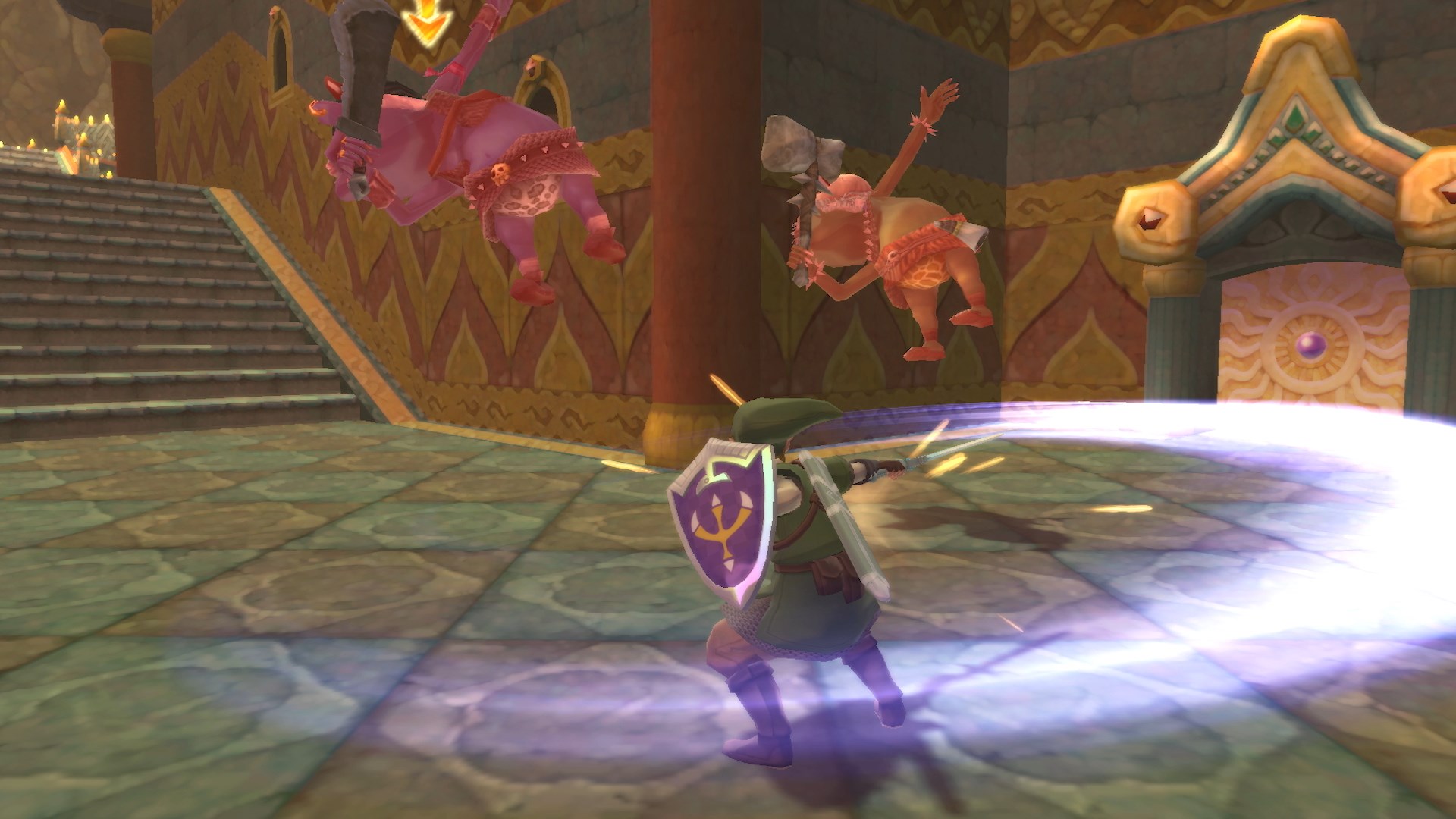
After the inventive Breath of the Wild, The Legend of Zelda: Skyward Sword HD will either feel like a step back or a return to form. Skyward Sword HD, in spite of its unique setting and pronounced motion control mechanics, is very much a traditional Zelda adventure. That means you’ll take control of perennial hero Link as he explores a varied overworld, solves ingenious puzzles, finds helpful equipment, delves into dungeons, completes tasks for friendly townsfolk, then repeats the whole cycle about half-a-dozen times.
Skyward Sword HD makes up in depth what it lacks in breadth
This time, the action takes place in the aerial realm of Skyloft, where Link flies from floating island to floating island atop a huge mountable bird called a Loftwing. Departing from a central hub town, he’ll travel to the verdant Faron Woods, the scorching Eldin Volcano and the forbidding Lanayru Desert before all is said and done.
While “one town plus three areas” may sound stingy after Breath of the Wild’s huge, sprawling map, Skyward Sword HD makes up in depth what it lacks in breadth. Each area is much larger than it appears at first, with multiple sub-areas and dungeons hidden away behind seemingly small obstacles.
Take the early-game area Faron Woods as an example. During your first trek to the surface world, you’ll guide Link through this leafy woodland. As you explore the area, you’ll fight off enemies with your sword, use your inventory items to solve logical puzzles, and unlock shortcuts to make backtracking easier. While the Faron Woods — and the other areas in the game — seem somewhat small, compared to the huge Hyrule Field in most Zelda games, traversing them can be surprisingly tough. Almost every area has a puzzle to solve, making the overworld areas feel more like worthwhile challenges, and less like simple interludes between dungeons.
During your first trip to Faron, you’ll explore three large subsections and a dungeon. But when you return later, with the help of an item that lets you swim underwater, you’ll also explore the inside of a massive tree, a sprawling underwater city passage and an even trickier dungeon hidden behind a waterfall. Skyward Sword HD is masterful at presenting you with areas that seem small and manageable, and then open up as you return to them multiple times.
Beyond that, if you’ve played a classic Zelda game, you’ll know what to expect here. The dungeons are the real stars of the show. After Breath of the Wild’s fairly bare-bones Divine Beasts, it’s actually comforting to explore Skyward Sword HD’s seven labyrinths, with all their locked doors, hidden passageways and puzzle-solving items. As you go, you’ll acquire series mainstays such as shields, bombs, and a bow and arrows, as well as more inventive fare, such as an energy whip, a portable bellows and a controllable flying beetle. (You will be seeing a lot of this beetle.) The item variety keeps you on your toes, since you’re never quite sure which item you’ll find in which dungeon, or how you’ll ultimately use it to solve the devious puzzles.
The Legend of Zelda: Skyward Sword HD review: Controls
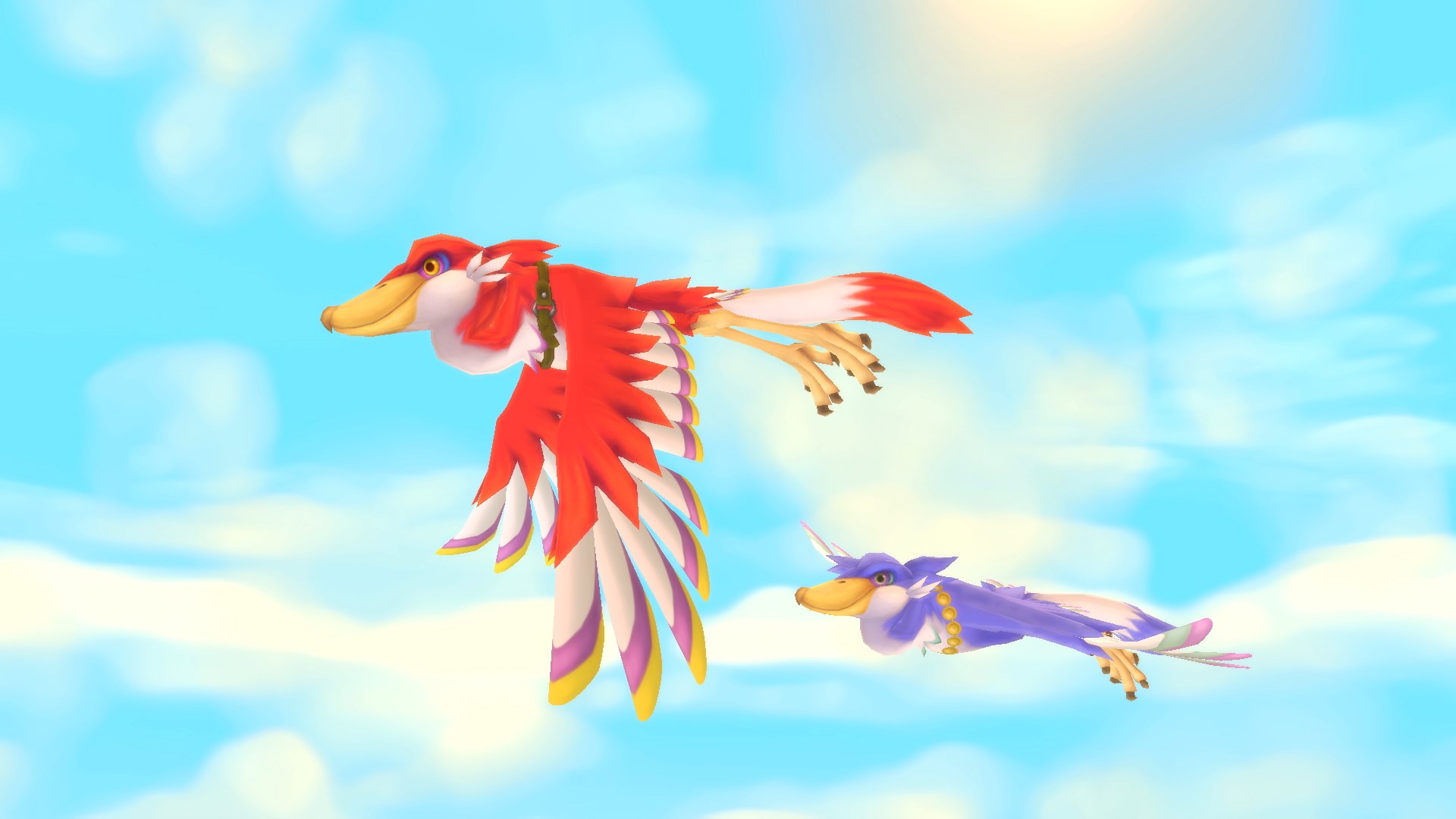
It’s impossible to discuss The Legend of Zelda: Skyward Sword HD without also discussing its control scheme. The original Wii title was one of the first games to employ the Wii Motion Plus controls, which offered greater directional precision for Nintendo’s motion-controlled console. In theory, this was very cool, since it let Link swing his sword horizontally, vertically or diagonally — and various enemies could anticipate, and react to, the direction of your strikes.
In practice, though, it was often a clunky way to play. While Skyward Sword offered some moments of true swordfighting splendor, it also had a terrible habit of parsing commands just slightly wrong, such as performing a downward diagonal swing instead of a vertical one. This led to a lot of frustration, and you can’t help but feel that it’s one of the reasons why you start off Skyward Sword with twice the health you’d normally receive in a Zelda game.
Nintendo complemented a questionable control scheme with a slightly-better-but-still-questionable control scheme.
Like its Wii predecessor, Skyward Sword HD’s motion controls focus primarily on swordfighting. For this application, they’re OK — although you’ll often miss the mark, especially since there’s no helpful motion sensor bar to put on top of your TV this time. However, you can also use motion controls to pilot your bird, or your beetle, or yourself while swimming. Generally speaking, any kind of traversal with the motion controls is a miserable experience. The inputs are not precise enough to maneuver around obstacles or make fast turns, meaning you’ll be stuck flailing your arms around and hoping against hope that you wind up somewhere in the general vicinity of your goal.
However, Skyward Sword HD has one huge advantage over its predecessor: the ability to use a standard controller. Whether you’re in handheld mode, using the Joy-Cons in their controller mount, or employing a Switch Pro Controller, you can now move, aim and pilot with the left analog stick, and swing your sword with the right analog stick.
This solves all the traversal-related problems — but opens up some combat problems instead. The control stick isn’t ideal for precise, quick sword strokes, particularly since it’s tough to differentiate between swinging your sword at an enemy and simply pointing your sword in a certain direction. When facing multiple enemies, it’s also extremely easy to accidentally use your special attacks and deplete all your stamina in the middle of a heated battle. Using the right analog stick for your sword also means there’s no easy way to control the camera.
In the end, Nintendo complemented a questionable control scheme with a slightly-better-but-still-questionable control scheme. I’m tempted to say that the controller scheme fares better than the motion controls, but it might just come down to individual preference. You may want to use both, depending on the situation, as neither one works perfectly on its own.
The Legend of Zelda: Skyward Sword HD review: Story
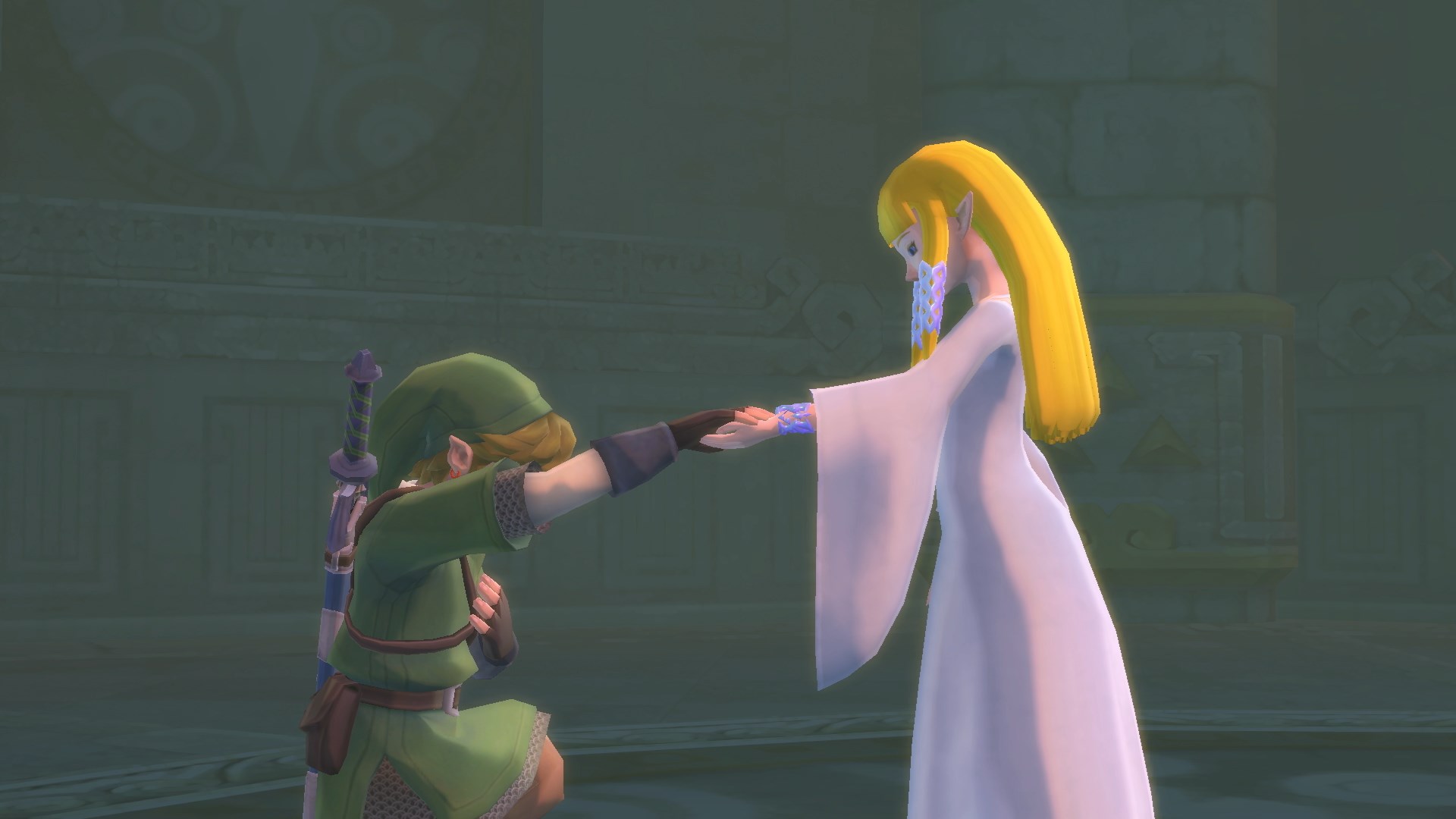
One area where The Legend of Zelda: Skyward Sword HD holds up beautifully is in its story. While a lot of classic Zelda games have thinner stories than you remember, Skyward Sword HD still has an intricate cast of characters, a fascinating world and a sweeping narrative, with real stakes for the rest of the franchise.
Skyward Sword HD is essentially an origin story for the whole Zelda mythos, taking Link and Zelda from humble townsfolk and transforming them into heroes who recur throughout the ages. If you’ve ever wondered about series mainstays like the Master Sword, the goddesses of Hyrule, the Triforce and even the demonic Ganon himself, Skyward Sword provides satisfying answers, with lots of meaningful connections to games like Ocarina of Time and even Breath of the Wild.
My only potential criticism here is that the lore-heavy story can feel a little self-indulgent if you’re not heavily invested in Zelda lore. Skyward Sword HD expects you to exclaim, “Oh, I know that!” whenever you see a familiar character or symbol. If you don’t, or can’t, then the story doesn’t feel very cohesive until near the end.
The Legend of Zelda: Skyward Sword HD review: Visuals and sound
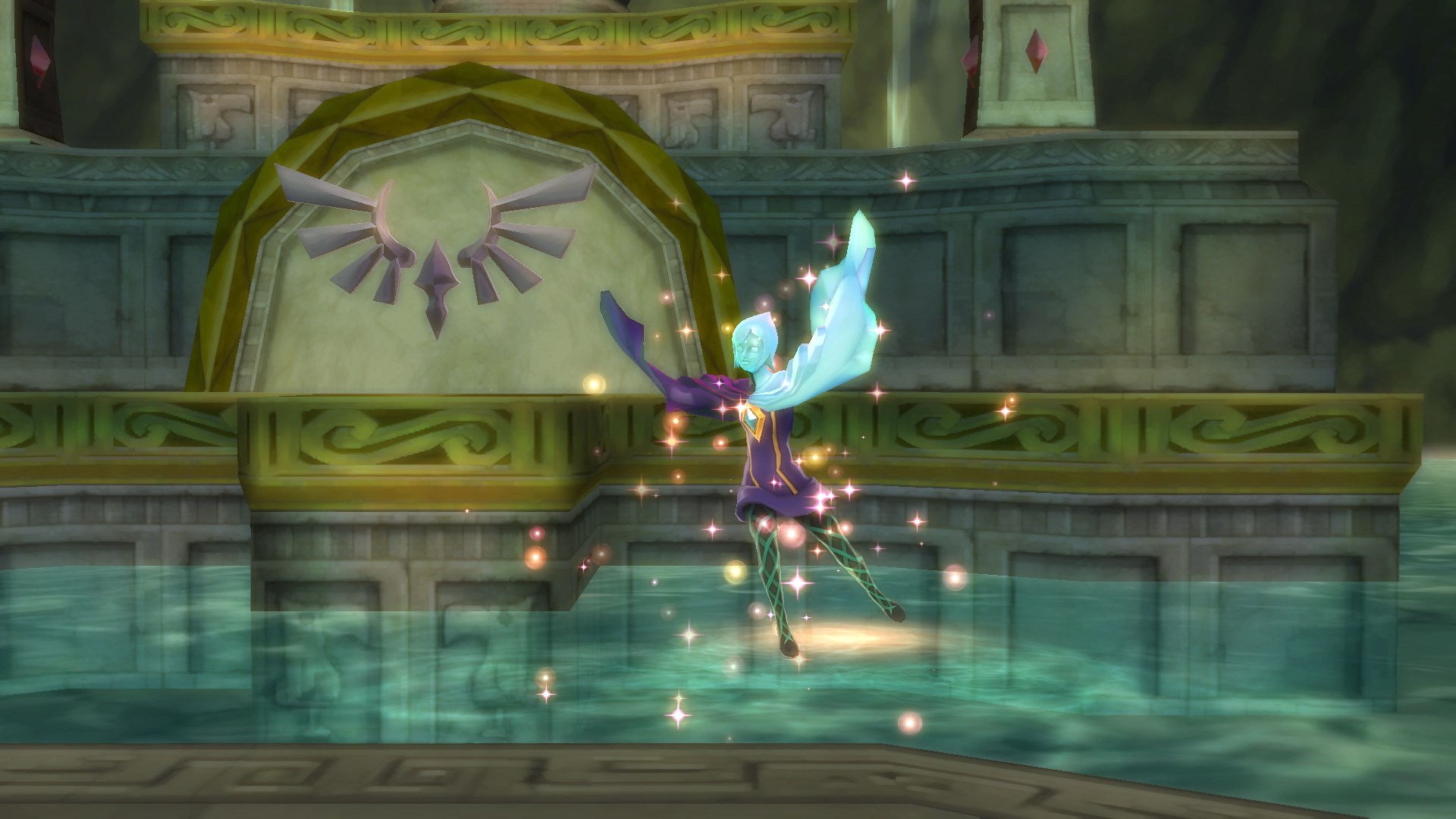
The Legend of Zelda: Skyward Sword HD finally makes good on the artistic promise of the original game. While Skyward Sword had a gorgeous, colorful art style, the Wii wasn’t really powerful enough to render it with perfect fidelity. On the Switch, the game runs at an impressive 60 frames per second, in both handheld and docked modes, and presents the anime-inspired characters and environments in sharp, gorgeous detail.
Likewise, the music is some of the best in the Zelda franchise. It delivers a fully orchestrated soundtrack that runs the gamut from chill banjos in the Lumpy Pumpkin, to haunting harps in the Ballad of the Goddess. There’s no voice-acting in the game, but the recognizable character noises and competent sound effects get the job done.
The Legend of Zelda: Skyward Sword HD review: Verdict
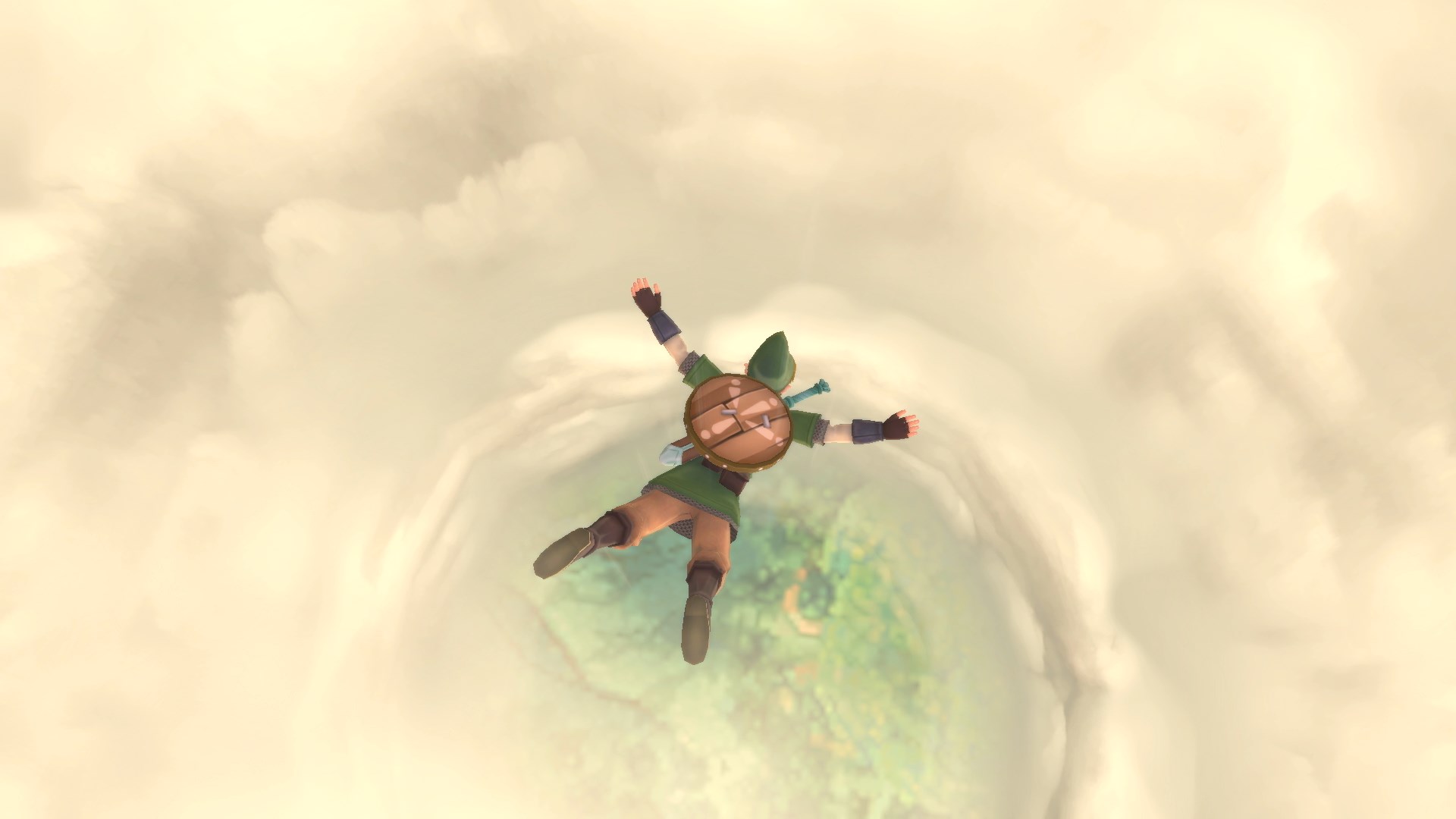
I’ve always had a soft spot for Skyward Sword, insisting that the cumbersome motion controls on the Wii kneecapped what could have been a superlative Zelda game. The Legend of Zelda: Skyward Sword HD is closer to realizing the game’s potential, even if neither control scheme gets it there fully.
In spite of some controller woes, however, Skyward Sword HD is still a gorgeous and riveting game, full of interesting puzzles, intense combat and heartfelt characters. If you bounced off of it on the Wii, I’d recommend giving it another chance. And if you’ve never played Skyward Sword before, then now’s the time to see how the Legend of Zelda begins.
Marshall Honorof is a senior editor for Tom's Guide, overseeing the site's coverage of gaming hardware and software. He comes from a science writing background, having studied paleomammalogy, biological anthropology, and the history of science and technology. After hours, you can find him practicing taekwondo or doing deep dives on classic sci-fi.


